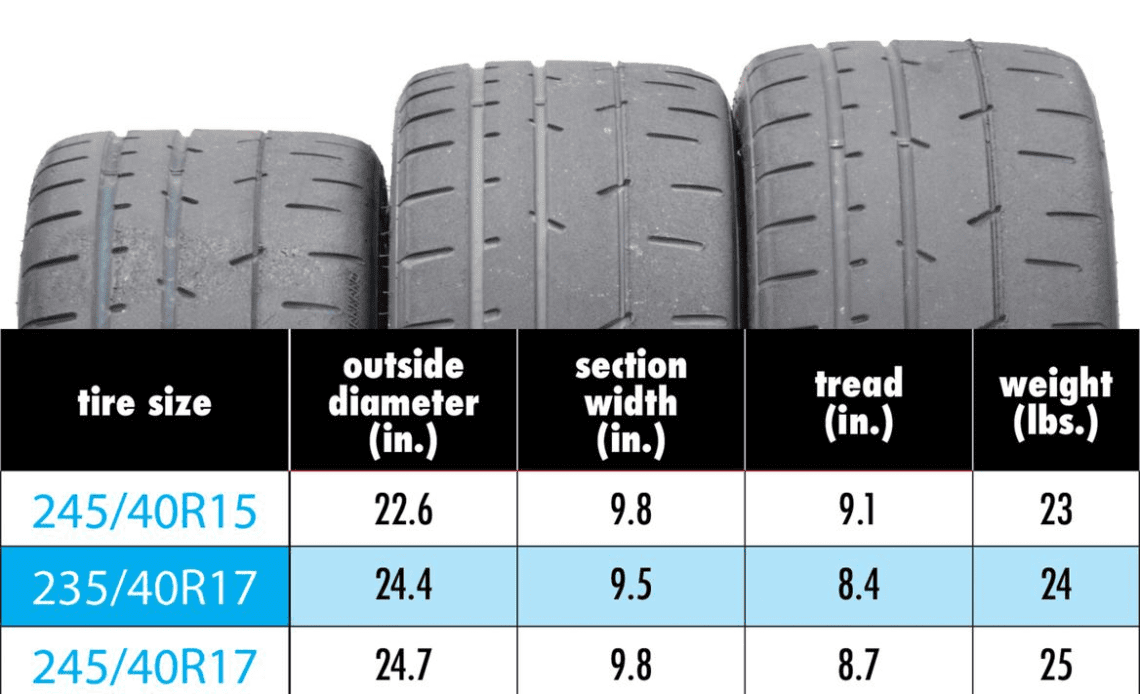[GRM+ members read this article first. Subscribe and gain access to more exclusive content for only $3/month.]
The internet is full of motorsports keyboard warriors who will debate endlessly about the theoretical superiority of their favorite components or setup. Specs and physics equations are wielded like swords on the battlefield of paper builds.
Done well, this approach can yield some useful information. After all, simulation works on the same principles and has proved its value. But at the end of the day, back-to-back testing is the gold standard, especially when it comes to tires.
When testing, isolating variables is key to getting good data and deriving appropriate conclusions. Still, confirmation bias can creep into the mix, as sometimes we get results that we just don’t quite believe.
What to do? Repeat the test, looking out for uncontrolled variables. Driver consistency, track evolution, ambient temps, prior heat cycles, order of running and even production batches can have an impact.
Two recent GRM tire tests left us very excited, as the combination of their results produced the fastest lap times our Triple Threat ND2-chassis Miata had ever turned at Harris Hill Raceway. One was the introduction of the 2023 revision of the Nankang Sportnex CR-S, the new 200tw top dog for track use. The other was a long-term case study on the effects of heat cycling and tread depth.
Street tires typically get quicker and more consistent as they’re used on track, with heat cycles curing the rubber and the lower tread depth better controlling squirm and heat buildup. Less tread also makes for a lighter tire and shorter gearing, both of which help in acceleration.
As Nankang ramped up production of the new tire, we saw two new sizes that could possibly perform even better than the 245/40R17 we’d been running on our 17×9-inch Flyin’ Miata wheels. The first was a 235/40R17, which provides a smaller overall diameter and lighter weight, similar to a well-worn (or shaved) 245. Theoretically, that should help it accelerate quicker–and the Miata needs all the help it can get in that department.
The other new size that looked enticing was a 245/40R15, which would deliver an even shorter, lighter tire. If some is good, more is better, right?
Nankang Sportnex CR-S
We still had a set of the 245/40R17 tires mounted up on our Flyin’…
Click Here to Read the Full Original Article at Grassroots Motorsports Online Articles…

